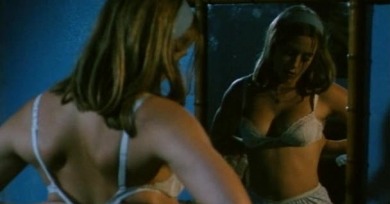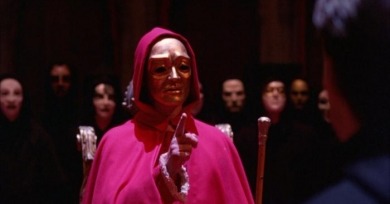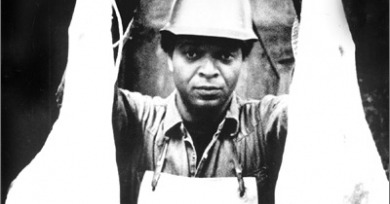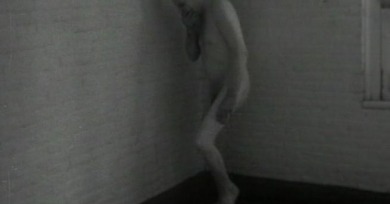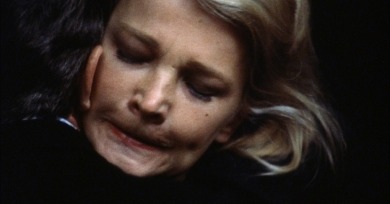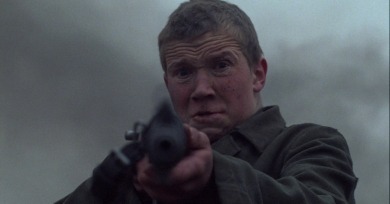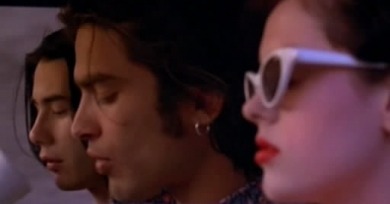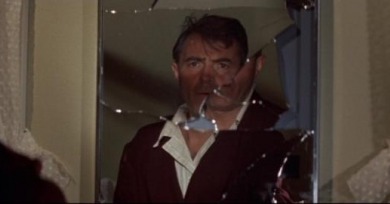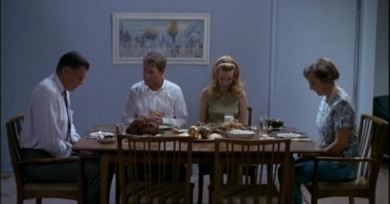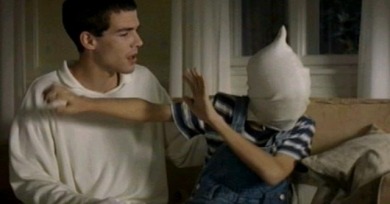Reverse Shock
When critics bring the word “shocking” to bear, what is it that they’re really saying about themselves and how they view their audience?
A Real Young Girl captures the darkest, least explored realm of sex and selfhood: undefined and aggressive adolescent female sexuality, when they cannot yet know what they want but charge forward as though they do.
What makes Eyes Wide Shut truly rock me to my core is not its tastefully cadaverous nudity or its depiction of a nefarious New York sexual underworld, but rather its utter lack of trendiness and its profound humanist empathy, all twisted up as it is in a portrait of suspended moral decay.
Intention aside, even the most talented filmmaker’s commitment to a certain kind of realism can leave him precariously perched between sympathy and pity, social engagement and smug condescension.
No film had ever so fully and deeply disturbed me. For a few days, I became restless, unable to erase from my memory the images of humiliation and degradation I had witnessed.
I emerged from the screening changed. I had the sort of experience I often expected to have when encountering works of art but rarely, if ever, actually did. From that night forward, I saw the world differently.
Each addresses a teenage subculture that some do not believe exists or else do not wish to acknowledge, and the motivations of each filmmaker were brought under suspicion as a result. But
The power and appeal of these films is the openness with which they incite those feelings from which transgression springs: shock, disgust, arousal, sadistic glee, righteous wrath.
The ability to shock on various levels, is an obviously powerful tool, and if a filmmaker could somehow consistently find his or her way to that magic point for a mass of viewers, the work would approach a particularly dangerous and effective space.
The opening volleys were fired in 1991, when Douglas Coupland’s Generation X and Nirvana’s Nevermind established the climate of indie-but-not with near-beer versions of genuine cultural resistance.
A year after Rebel Without a Cause, Nicholas Ray directed its dark, subtler counterpart: a complex work on establishment rather than youth culture, in the guise of a drama about cortisone addiction.
Peter Bogdanovich’s debut film, 1968’s underappreciated and rarely discussed Targets, stands out among these histories of violence both cinematic and topical as a true anomaly.
This is a snuff narrative in which the guilty not only go unpunished but wind up free to continue the cycle—the movie ends with a wink and a smile and the promise of an identical home invasion a few cottages down the lake.

